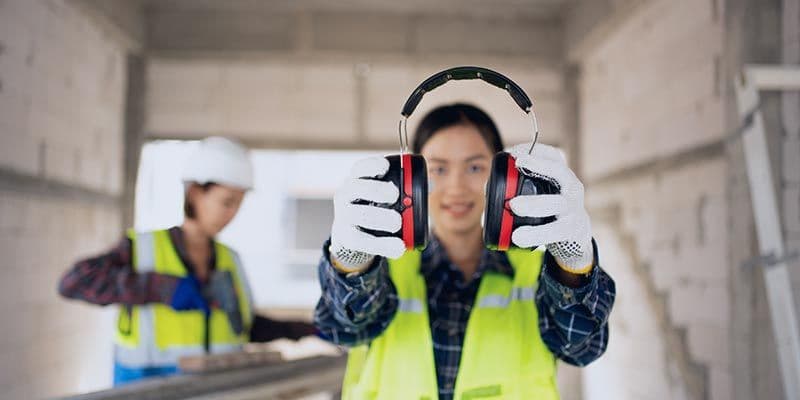Additional Considerations for an Effective Hearing Conservation Program
To make the hearing conservation program better, employers should think about these key points:
Employee Involvement: Encourage employees to participate in the hearing conservation program by providing feedback and suggestions for improvement. Involving employees in the program can increase their commitment to using hearing protectors and following safety protocols.
Recordkeeping: Maintain accurate records of noise monitoring data, audiometric test results, and training sessions. These records can help employers track the effectiveness of the program and identify areas for improvement.
Continuous Improvement: Regularly review and update the hearing conservation program to incorporate new technologies, best practices, and regulatory changes. Continuous improvement ensures that the program remains effective in protecting employees’ hearing.
The OSHA hearing conservation program gives clear rules to protect workers from harmful noise exposure. By following these rules and using a good hearing conservation program, employers can make a safer workplace.





